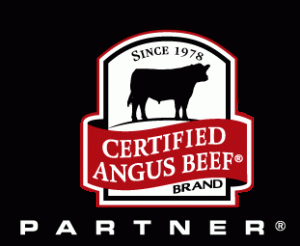
Niche or not?
May 20, 2011
The phrase “niche market” conjures up different images and feelings for different people.
Some embrace the term, thinking it’s ultimately synonymous with value-added. Their business plan, their identity, is tied to being a niche-marketer. Others say niche markets are too small to worry about. They pop up and then fade with the change of the seasons, offering no real stable target to shoot for.
Whatever you think about niche markets, there is one false assumption held by folks on both sides of the aisle:
Myth—All branded beef programs are small, niche programs.
Fact—While all branded beef programs started out that way, some have grown to be the shining examples for nationwide, large-scale opportunities to add value to cattle by differentiating beef.
The Certified Angus Beef ® brand, for example, started as the original, niche branded beef program in 1978. As a matter of fact,when I interviewed founding CEO Mick Colvin a few years ago for a story on CAB’s 30th anniversary he told about celebrating the first million pounds sold:
“We went out to a CAB–licensed restaurant. There were four of us,” he said. “We used to have a party after we increased by a million pounds — two and then three million — but we kind of got away from them because today we’re marketing a million pounds every five or six hours.”
Last year our licensed partners sold 777 million pounds. As industry-wide quality has increased, nearly one in four Angus-type cattle qualifies for our brand. One in seven beef carcasses makes CAB. That’s a mainstream premium market.
We access more than 85% of the United States packing base. That means almost any major packer you sell your cattle to will evaluate them for this brand. Continue reading “Niche or not?”









